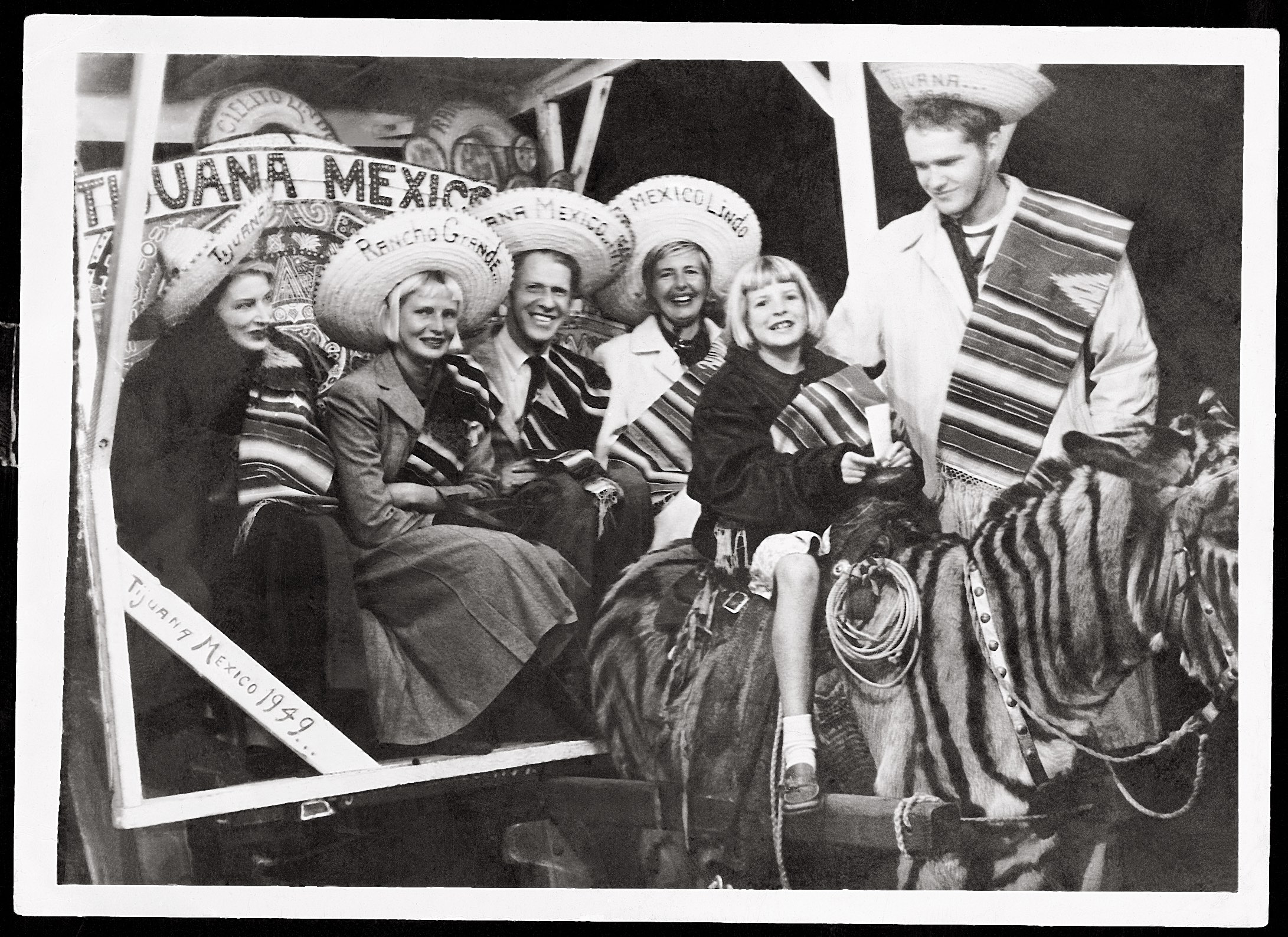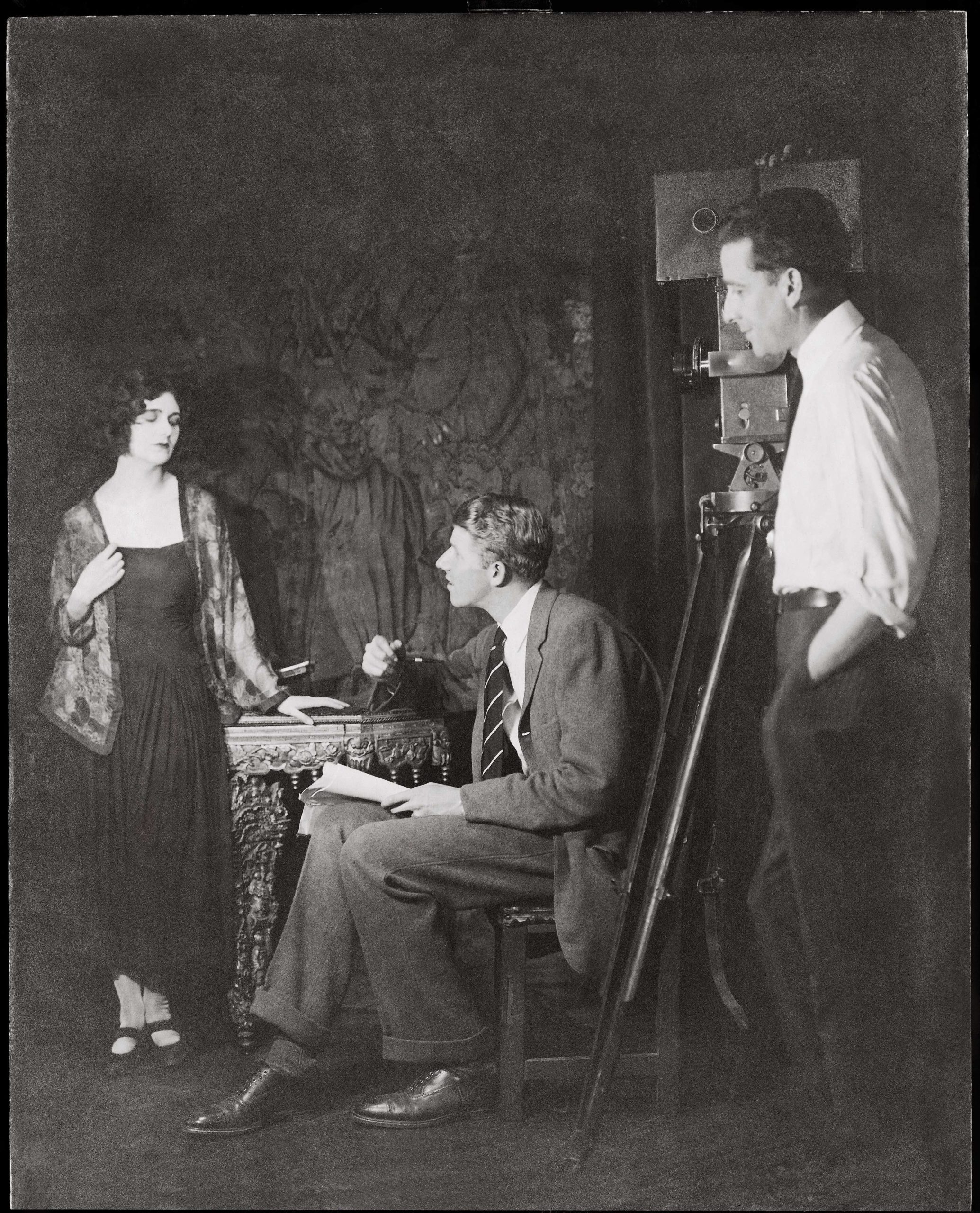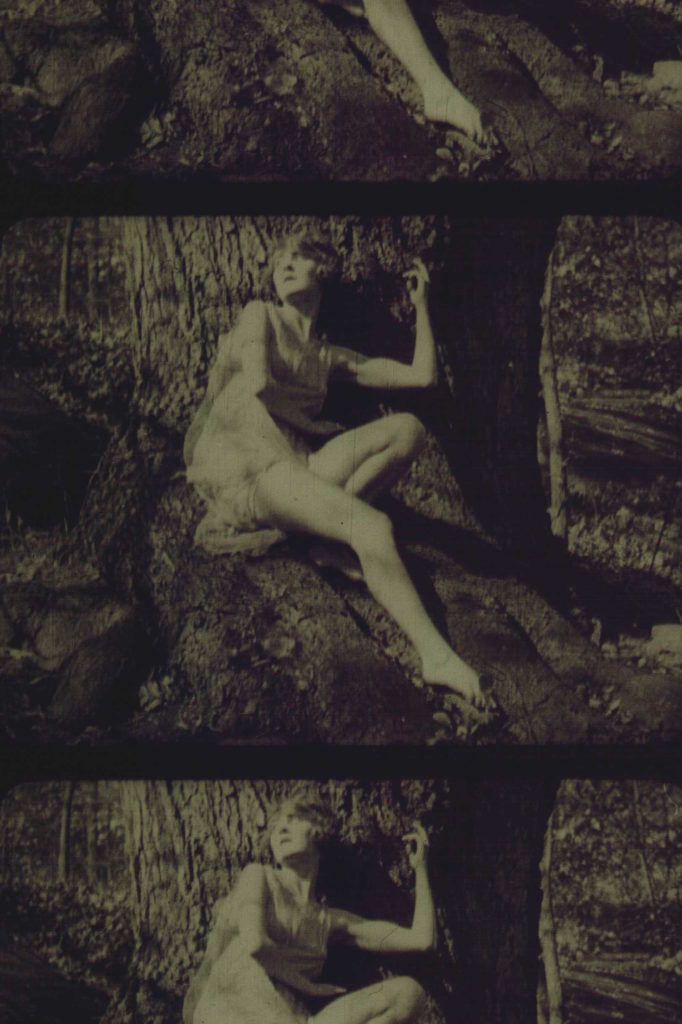“Such a cogent, intelligent book about such a splendidly messy life.”
—Kurt Andersen
Journalist, novelist, radio host
Blues legend Bessie Smith. Novelist William Faulkner. Artist Man Ray. They’re just a few of the people that filmmaker Dudley Murphy collaborated with in the course of his idiosyncratic career. Swerving in and out of Hollywood, Murphy ricocheted from the avant-garde Ballet mécanique—one of the first films to be considered a work of art—to studio hack jobs like Confessions of a Co-Ed to the tenacious independence of The Emperor Jones.
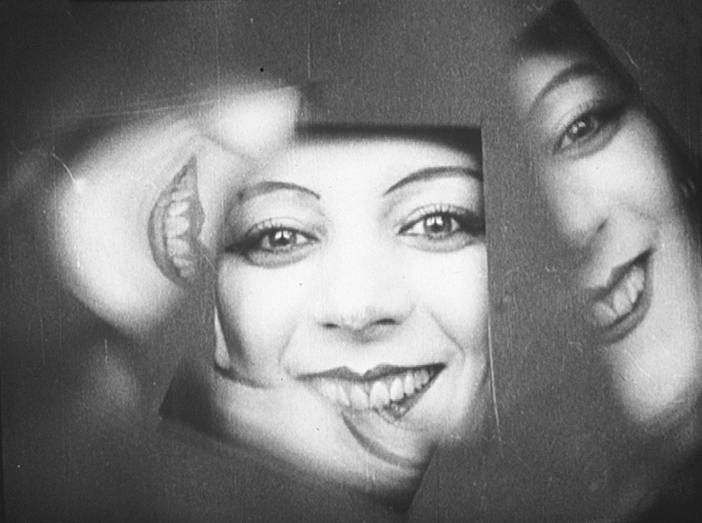
Murphy could always be found at the center of the cultural scene—Greenwich Village when it was bohemian, Jazz-Age Paris, Hollywood in its golden era, Harlem at the height of its renaissance. Part adventure hero, part slapstick comedian, part techno-geek, part playboy, he was a complete visionary with a directing style that was decades ahead of its time.
Dudley Murphy, Hollywood Wild Card is his story.
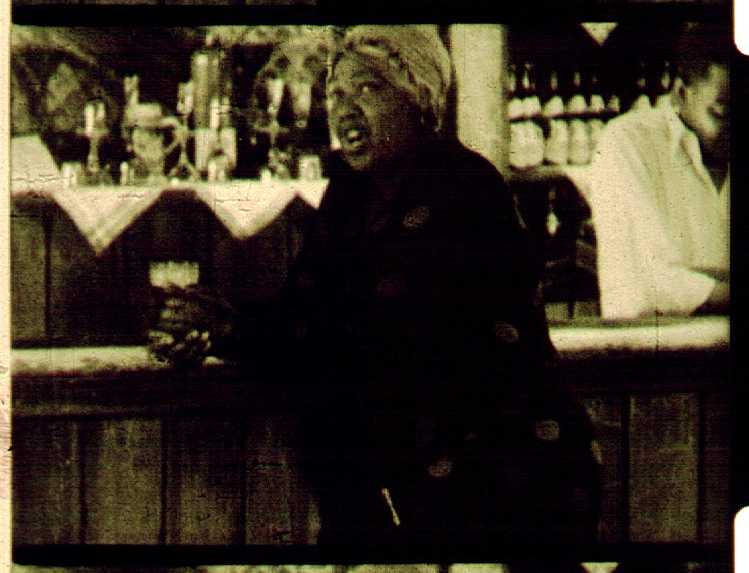
About Dudley Murphy
Though he died more than 50 years ago, Dudley Murphy (1897-1968) led a remarkably contemporary life. Maybe it was his fascination with new cinematic forms and technologies that resonates so strongly today, or his track record as an early Hollywood independent. Or it could be his work with Black performers, from Bessie Smith to Dorothy Dandridge, at a time when few in Hollywood took African American actors seriously.
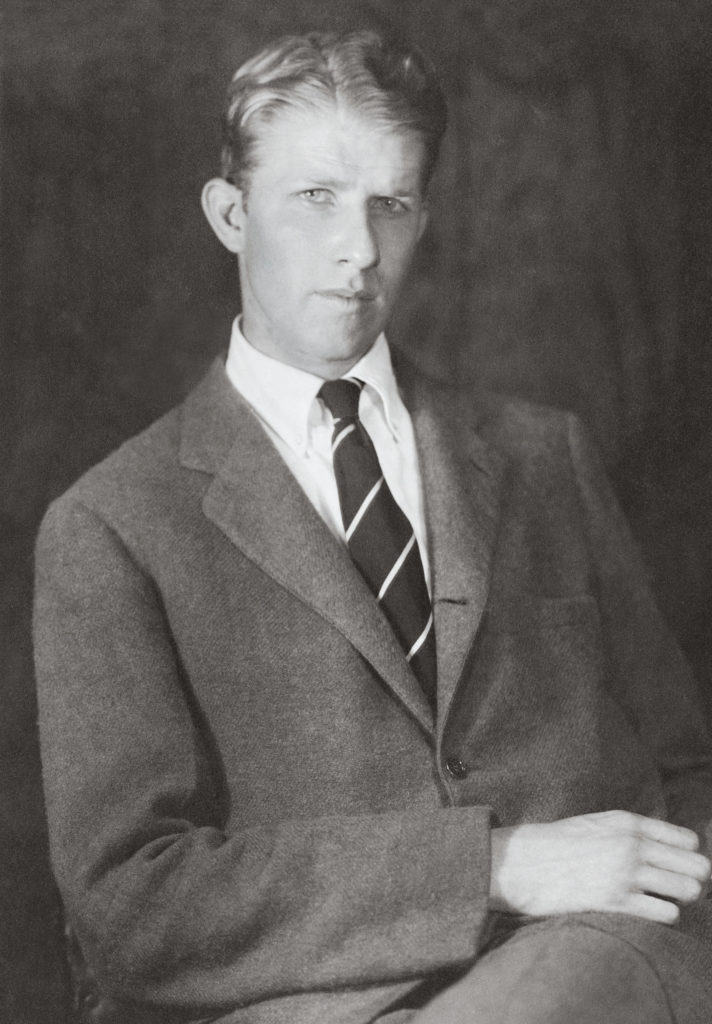
Murphy started making films in 1920—short silent movies inspired by classical music. His career ran into the 1940s, encompassing such cinematic milestones as Ballet mécanique, The Emperor Jones, and Dracula. Along the way, he rubbed shoulders with a cavalcade of early 20th-century culture stars, from Soviet filmmaker Sergei Eisenstein to writers like Ernest Hemingway and James Joyce. And when his film career was on the wane, he reinvented himself as a Hollywood hotelier, running a Pacific coast hideaway frequented by Hollywood luminaries and sybarites like Liz Taylor, Frank Sinatra, and Marilyn Monroe.
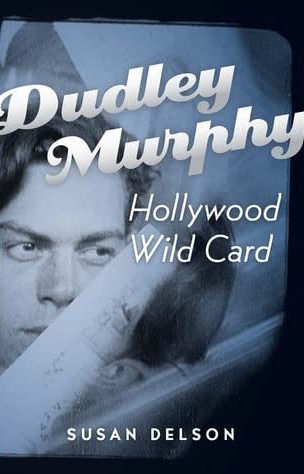
Order the Book

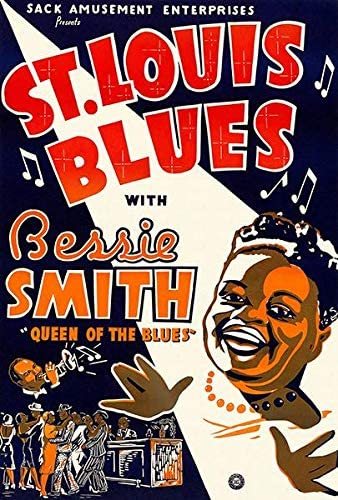

Courtesy the Library of Congress/Motion Picture, Broadcasting and Recorded Sound Division
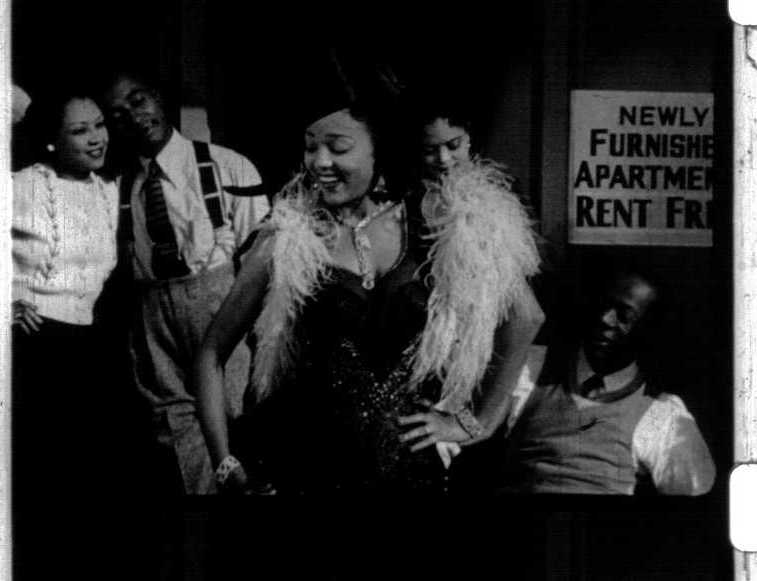
Courtesy the Library of Congress/Motion Picture, Broadcasting and Recorded Sound Division
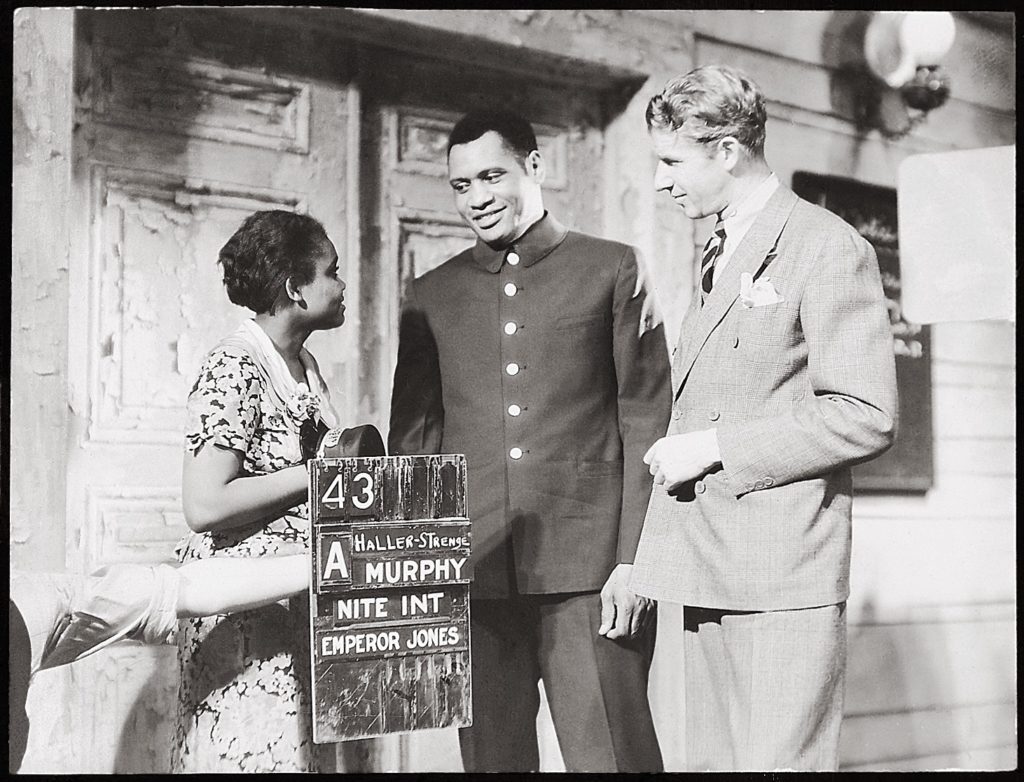
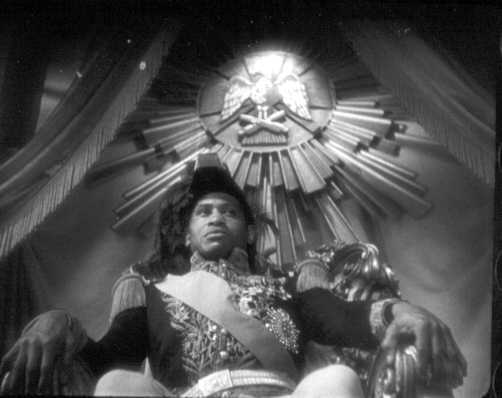
Courtesy the Library of Congress/Motion Picture Conservation Center
REVIEWS
Film International, Fall 2007
“A fine biography, as well as a fine work of film studies; indeed, these two elements of the book reinforce one another.”
[ more ]
Leonard Maltin, critic and film historian,
October 23 , 2006
“Delson has done an impeccable job of research to tell [Murphy’s] story and tie the loose ends of his improbable career together.”
Kirkus Reviews, August 1, 2006
“A balanced portrait of a man and a panorama of his times, told with exceptional grace.” [ more ]
GreenCine, November 9, 2006
“A lively, sometimes ribald, constantly entertaining but no less thought-provoking read. . . . both complex and integral to the understanding of early American film. ”
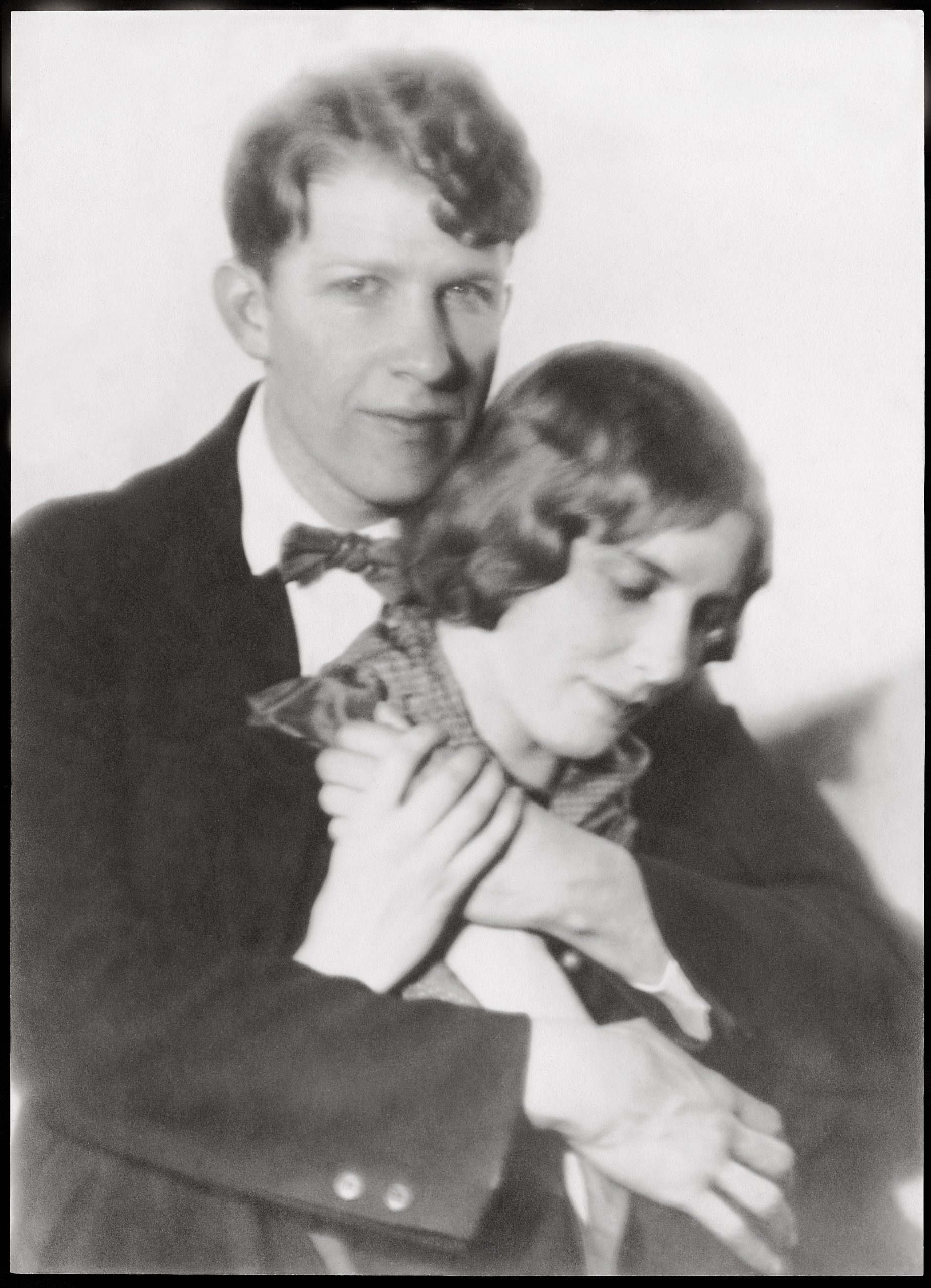
Library Journal, October 1, 2006
“The first full-length study of wealthy, eccentric, enigmatic filmmaker Dudley Murphy. Finely written and researched.”
[ more ]
“Such a cogent, intelligent book about such a splendidly messy life. Dudley Murphy seems more like a wacky fictional character than a real person, and I’m grateful to Susan Delson for introducing me to him.”
—Kurt Andersen
KIRKUS REVIEWS
August 1, 2006
Dudley Murphy (1867–1968) doesn’t bear a household name like vaunted film directors John Ford or King Vidor, but, as chronicled by Delson, his ambitious career out-barnstormed them all— even if it often only sputtered in the public eye.
Murphy was an innovative, socially adventurous Hollywood insider, a reckless aviator and playboy to outgun Howard Hughes, but with artistic aspirations forged in European modernism. He is often recalled as merely the technical facilitator behind his two enduring works, the experimental montage Ballet Mecanique and the film that rendered Paul Robeson a diasporic icon, The Emperor Jones. Delson challenges this notion and makes a convincing case for the filmmaker as auteur. The author displays a scholarly grasp of the facts, but also the fluid, resonant prose to animate them. She illuminates what certain cultural, corporate and technological developments meant to both Murphy and his tumultuous times. Cineastes looking for rigorous analysis of Murphy’s work might find the early passages tough going, filled as they are with the minutiae of the subject’s life. But this personal intimacy proves useful, locating plausible and compelling connections between Murphy’s life and art. Like his near-contemporary Luis Buñuel, Murphy was the son of upper-crust intellectuals. He, too, broke through with an avant-garde classic and made a globetrotting career of blending experimental techniques into more mainstream fare. Along the way, Delson treats us to encounters with Murphy’s dizzying roster of collaborators and pals: DeMille, Selznick, Hemingway, Man Ray, James Joyce, Ezra Pound, Charlie Chaplin, Fats Waller, Sergei Eisenstein. Yet Murphy never gets lost in the fray.
A balanced portrait of a man and a panorama of his times, told with exceptional grace.
LIBRARY JOURNAL
October 1, 2006
Delson, a New York-based writer, presents the first full-length study of wealthy, eccentric, enigmatic filmmaker Dudley Murphy (1897-1968). When Murphy decided to break into the business in the 1920s, his idea was to meld music, dance, and the visual arts into experimental short subjects. His avant-garde short subjects, among them Soul of the Cypress, Danse Macabre and especially the classic Ballet mécanique proved to be successes, but ultimately, Murphy succumbed to the lure of features. Those he directed were largely mediocre, and he remained on the fringes of Hollywood until the dawn of talkies, when he undertook sound shorts. His St. Louis Blues and Black and Tan (both 1929) are still considered among the best of the genre. Murphy had his greatest opportunity with the adaptation of Eugene O’Neill’s The Emperor Jones (1933) starring Paul Robeson, but it was not the masterwork he had hoped it would be. He was simply too much the dreamer and outsider to succeed in Hollywood, and his career petered out in the early 1940s. This finely written and researched work will profitably add to the literature of such directors. Recommended for large cinema collections.
Roy Liebman, Los Angeles
